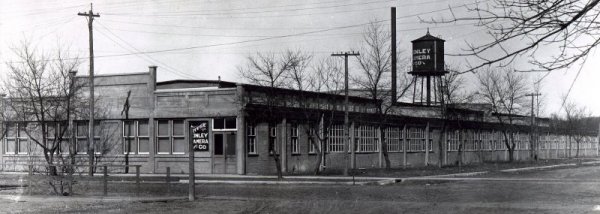
The factory at 501 Main St, built 1909.

The factory at 501 Main St, built 1909.
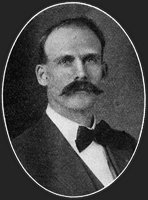
Following Kodak's aquisition of Sears, Roebuck, & Co's primary camera supplier, the Rochester Optical & Camera Co, in 1903, Sears turned to the Conley Co to manufacture its cameras. The choice of the young camera company by the hugely successful catalog resalers made sense: at age six, founder Richard Sears' family moved from his Stewartville, MN, birthplace to nearby Spring Valley. By all accounts, he and the Conley brothers were childhood friends.
In June, 1904, the Conleys moved their operation by train to Rochester, MN. It's unclear whether the move was a strategy on the Conley brother's part to improve their chances of holding onto their Sears contract, or if the move was at Sears' urging, the Rochester name being desirable at a time when Rochester, NY, was the center of the photographic universe. At any rate, the Conley Co purchased and moved into a former clothing factory at 14 W College St. Today, the address is 14 4th Ave SW, and the building still exists as a youth theater.
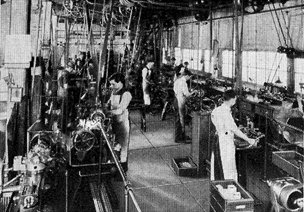
Business burgeoned under the Sears contract. Within only a couple of years, the payroll expanded from 16 employees to 135. Sears, Roebuck, & Co bought a 260-share interest in the company, and changed the brand name of their catalog cameras from Seroco to Conley. (This change was announced in the 1908 catalog, which featured a full-page profile of the Conley Co.) They were producing 28,000 cameras per year, and tens of thousands of plate holders and other accessories. They quickly outgrew the College St factory, and in 1909 began construction of a much larger factory at 501 Main St (now First Ave NW). It was the first poured-concrete building in southern Minnesota, financed in part by selling 47% of the company stock to Sears. (The following year, Sears would buy out the Conley Camera Co in its entirety, and the founding brothers would leave the company to pursue other interests. Kerry went on to start the Conley Manufacturing Co, and later became manager of the Arthur Hotel, designed by his architect son Walter. Frederick went out to Portland, OR, and started a cash register company.)
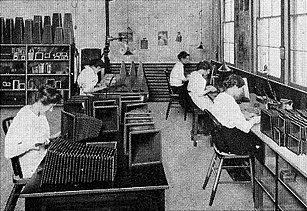
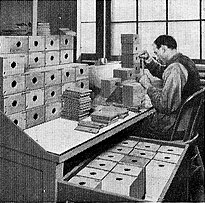
In 1924, the Seneca Camera Co was bought out by Sears, and its inventory turned over to Conley. Conley itself ceased camera production in 1927, though it would continue to manufacture some accessories and individual parts for another decade. Sears sold the company's excess parts and tools to United Camera Company.
With camera production dead, production switched to the latest consumer craze: phonographs. The word "Camera" was quickly dropped from the company's name. Conley, throughout its various incarnations, would continue to make phonographs until 1971.
In 1940, Sears, Roebuck, & Co sold the Conley Co to Glen Waters, and the name subsequently changed to the Waters Conley Co. The new company expanded to manufacture a variety of products, including a medical instruments division, components for the military, and milk pasteurizers. The name eventually evolved into Waters Instruments, Inc, and ultimately merged to become part of the Telex Corp.
Today, a Mayo Clinic warehouse sits on the site of the 1909 Conley camera factory.
Photographs of Conley factory employees taken in 1913 for use in Sears catalogs, photographer unknown.
Photograph of Kerry Conley from "Legislative Manual of the State of Minnesota", 1913. Courtesy Minnesota Legislative Reference Library.